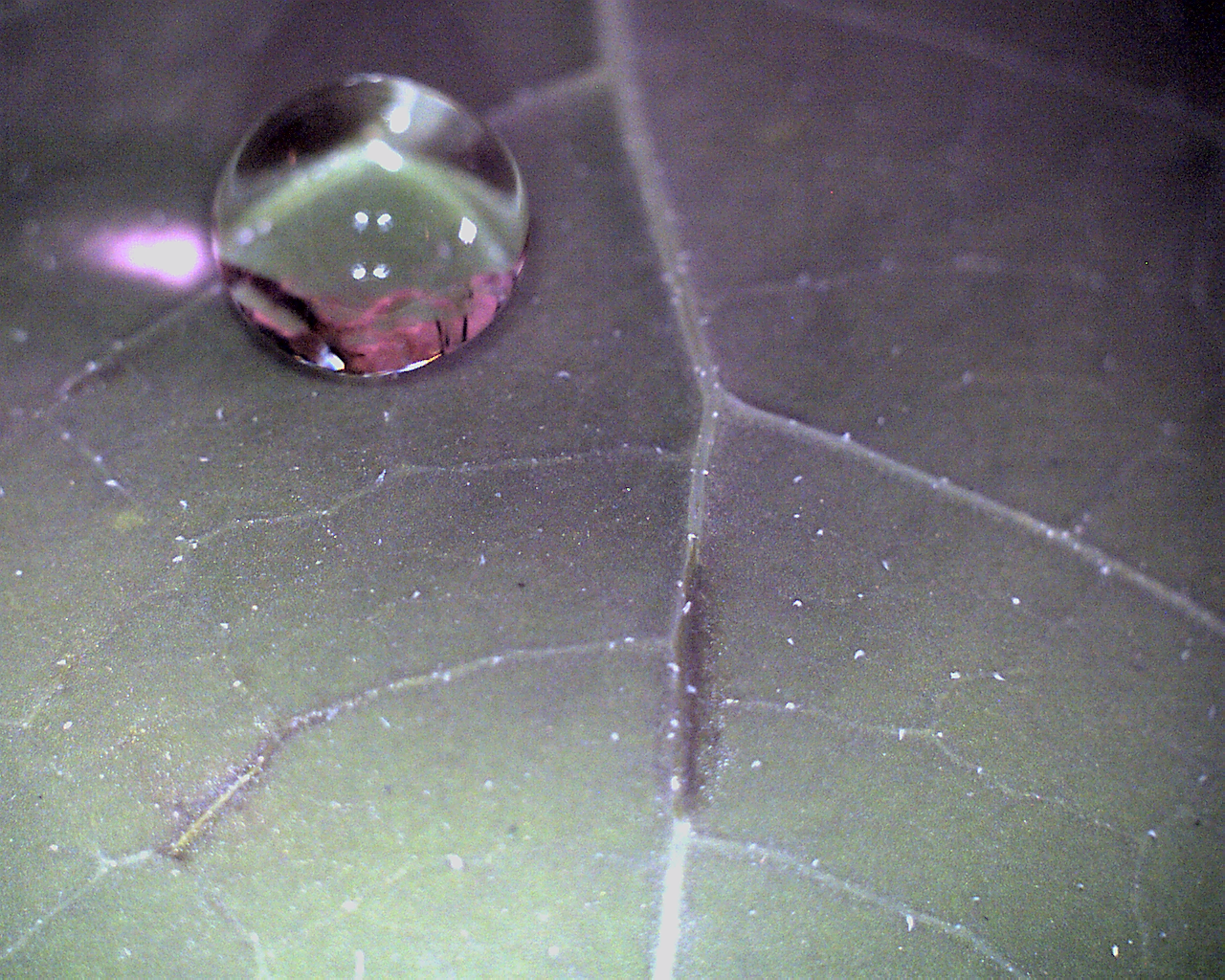Introducing Biomimicry

Originally appears in the Spring 2010 issue
Looking for a way to capture your students’ attention and encourage creativity and critical thinking skills? Try this: ask them to explain the connection between a moth’s eye and a cell phone screen, or between the Blue Morpho butterfly and fabric. If you do not know the answers yourself, then welcome to the amazing and inspiring world of biomimicry. Both are examples of how humans are looking at designs and processes in nature for solutions to many of the problems we are facing. At a time when an overload of news about environmental crises often creates fear and hopelessness, the science of biomimicry is a beacon of light. In the classroom, it is a topic that can engage students in problem solving, creative thinking and collaboration, and introduce them to some of the innovative technologies that will provide the jobs of tomorrow. Besides, what could be cooler than learning how hippos use sweat as a sun block, or how buildings inspired by termite mounds can be designed to use 70 percent less energy, or how a swimsuit that mimics sharkskin has helped to break world swimming records?
This content is restricted to subscribers only.
If you are not yet a subscriber, please consider taking out a subscription here.
If you are an existing subscriber, kindly log in or contact us at info@greenteacher.com for more information.





